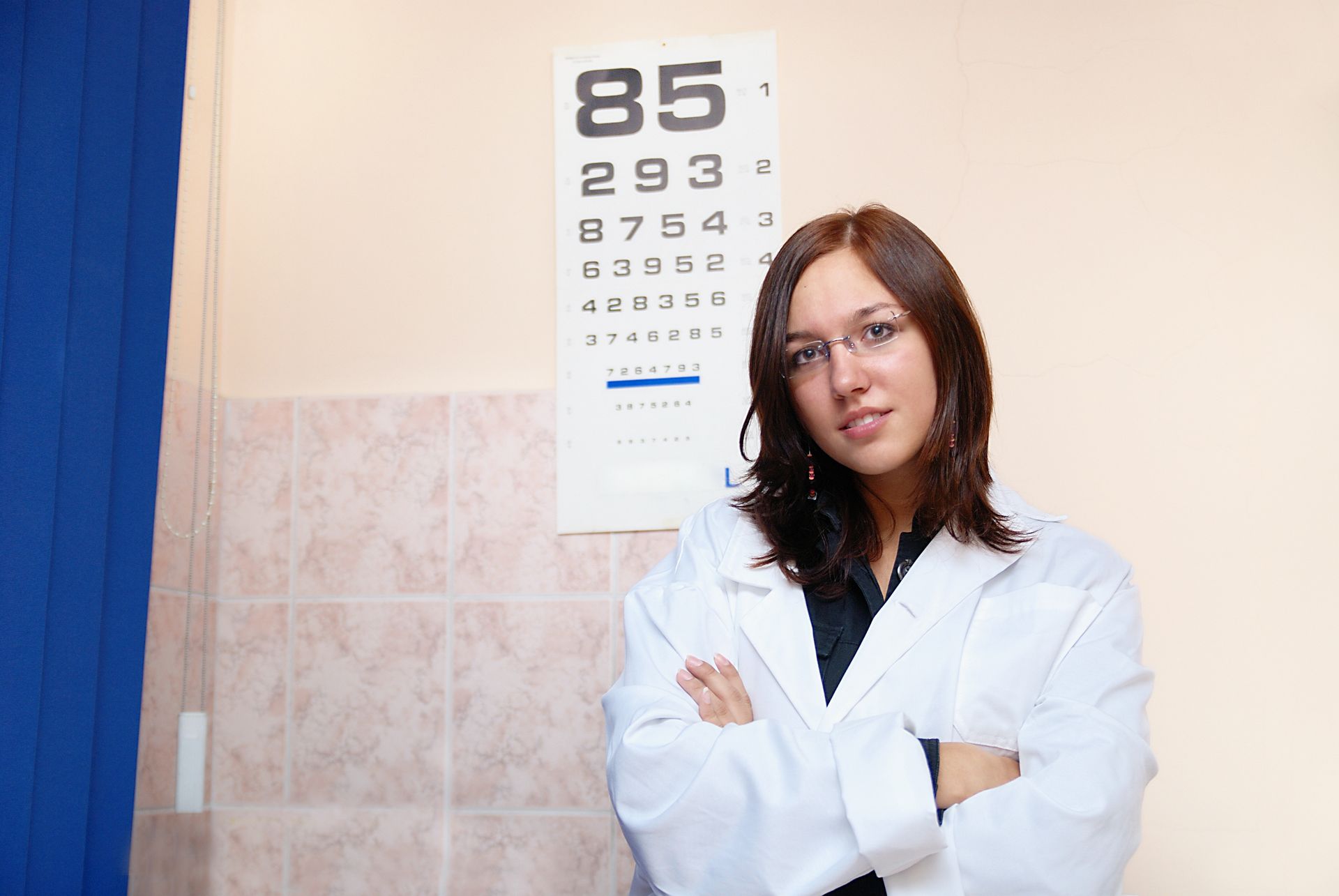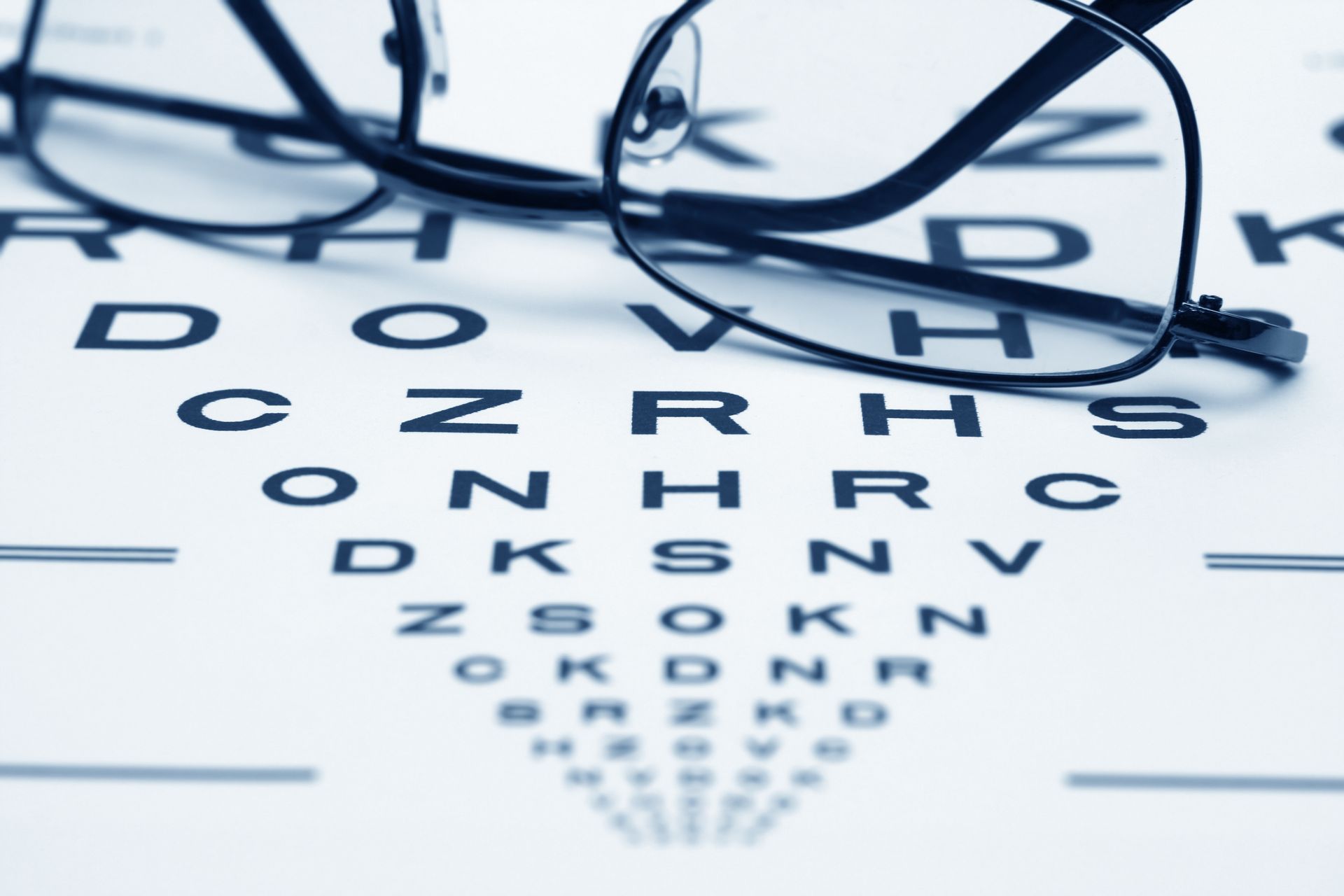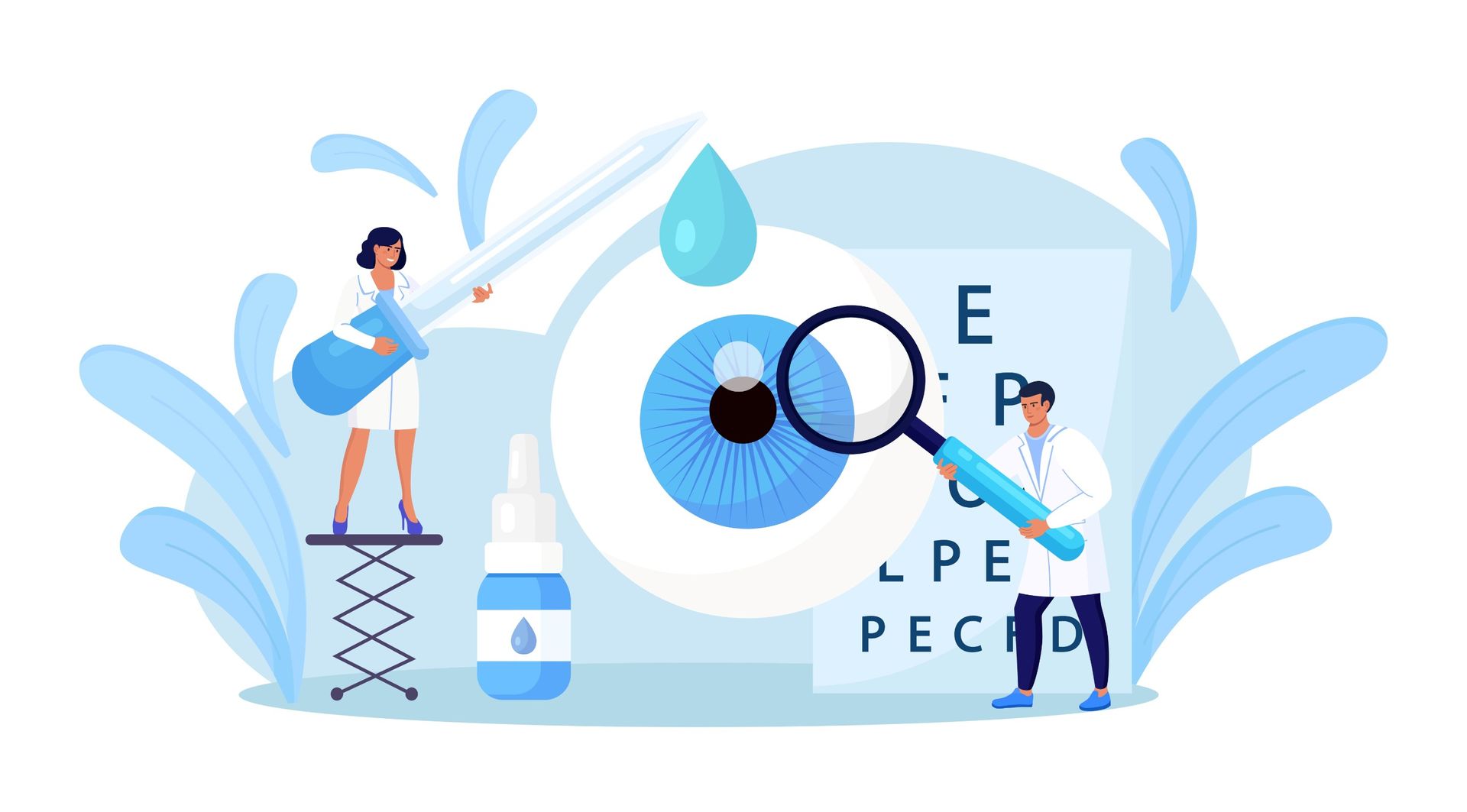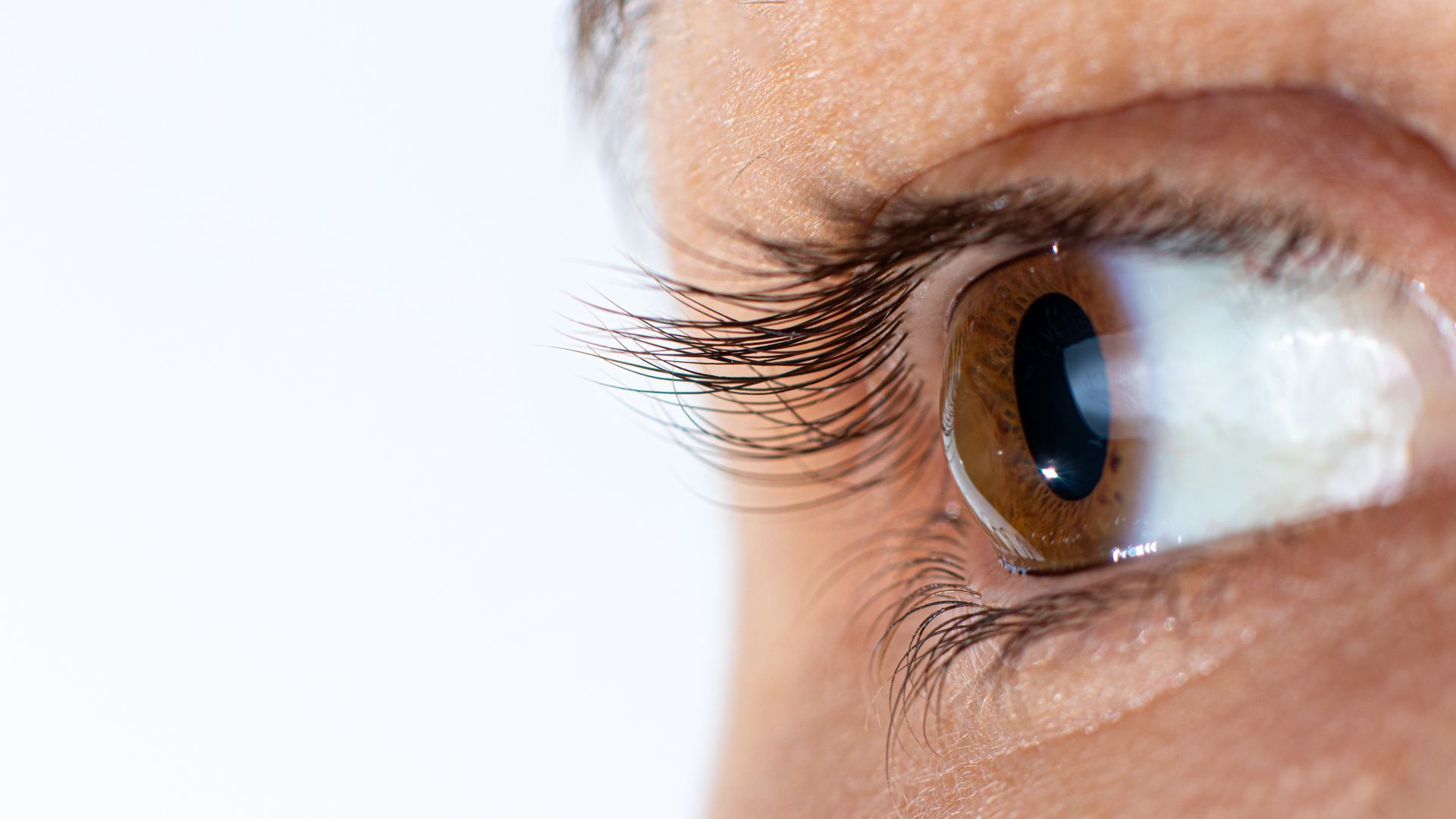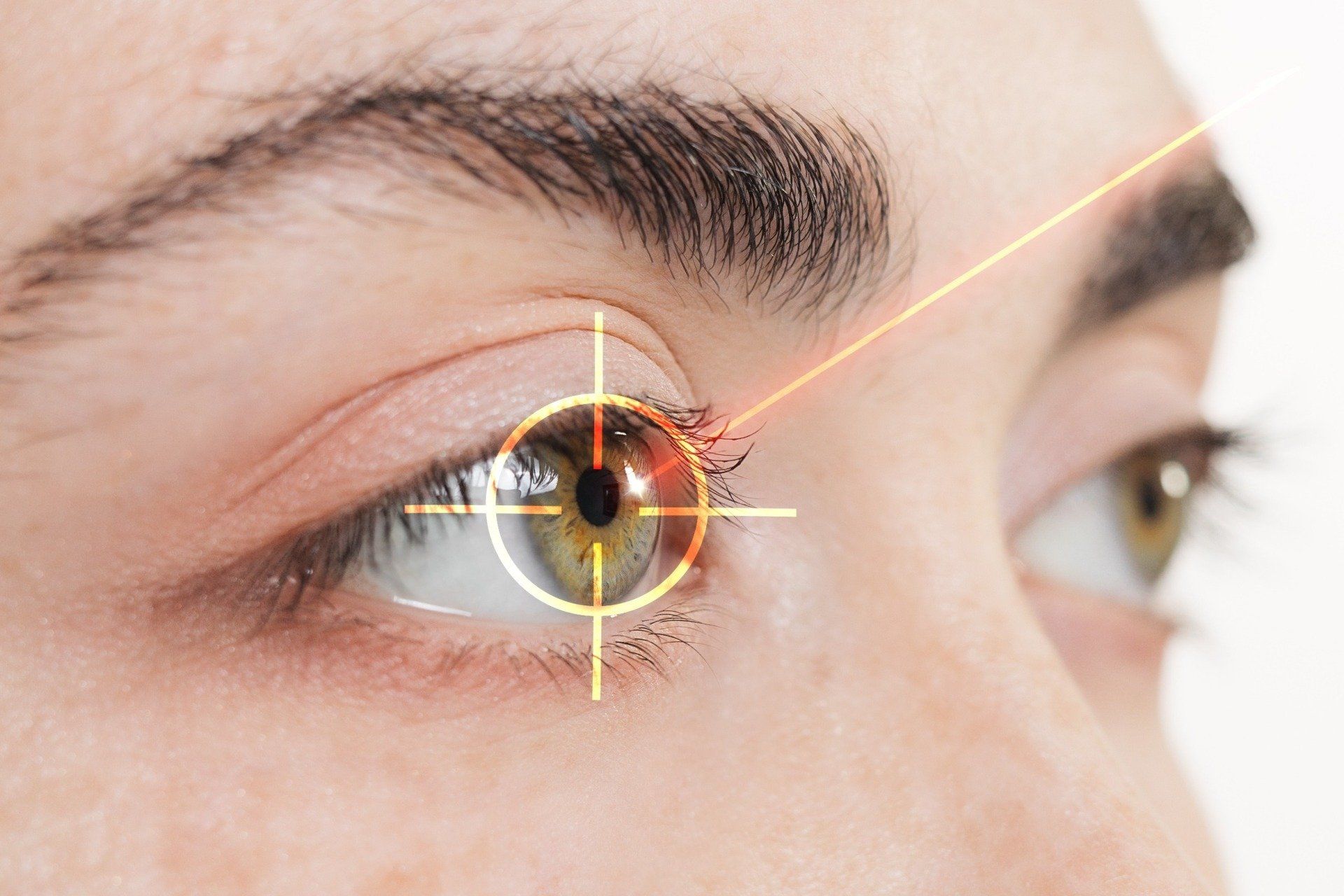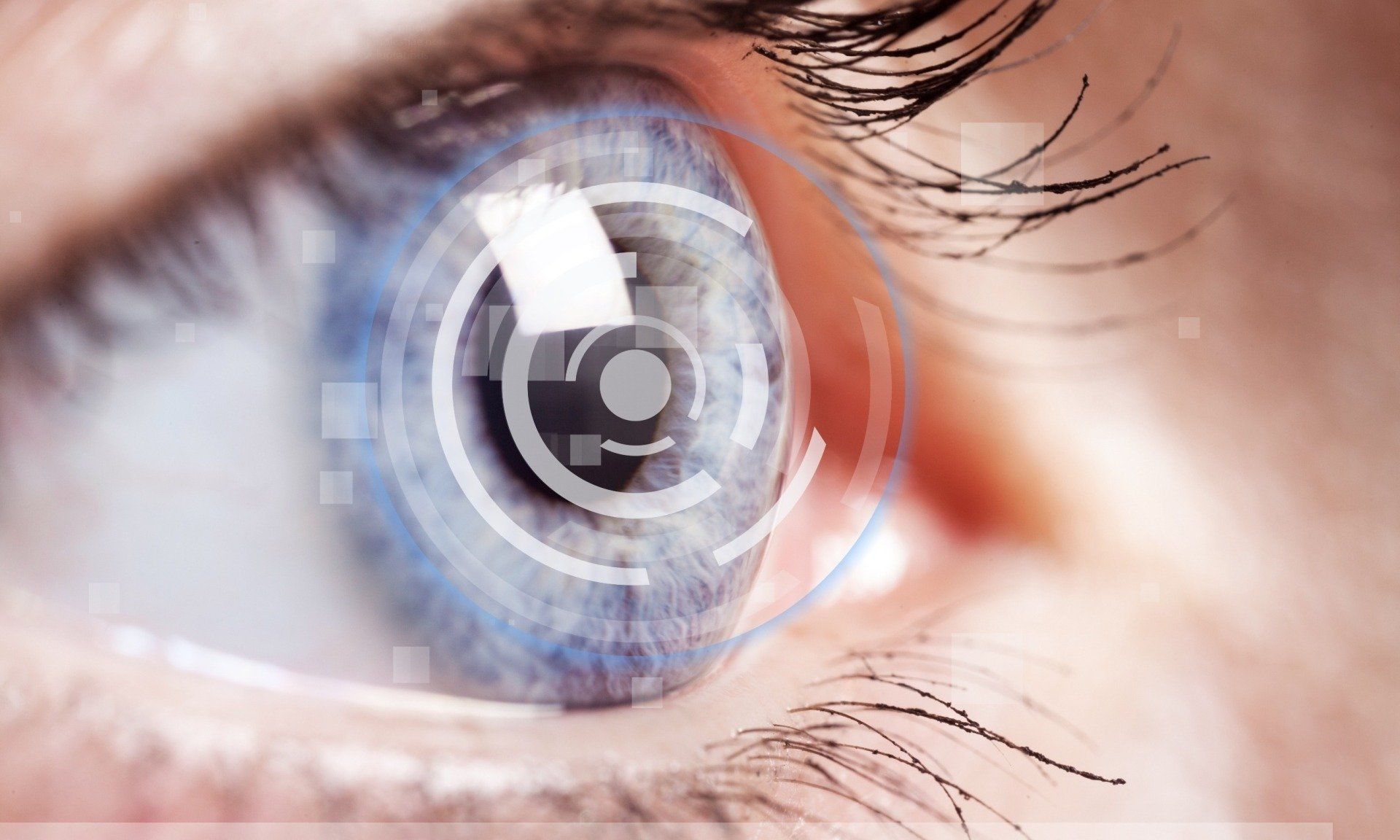What is Glaucoma?
The optic nerve plays an important role in the overall function of the eye. When incoming light rays are converted into an electrical signal, that signal travels along the optic nerve – which acts as the bridge between the eyes and the brain. Once the signal reaches the brain, it’s converted into an image.
You can think of the optic nerve as a network of approximately one million cables or wires – also known as optic nerve fibers. Over time, these tiny nerve fibers die out, resulting in blind spots in an individual’s field of vision. In the event all of the nerve fibers die out, the individual will become blind beyond repair.
Glaucoma refers to a group of eye diseases characterized by damage to the optic nerve – which can cause serious vision loss or impairment. The primary cause behind glaucoma is an increase in eye pressure (also known as intraocular pressure) due to a buildup of fluid (aqueous humor) inside the eye.
Different Types of Glaucoma
Glaucoma can often be categorized into one of two categories – primary or secondary glaucoma. With primary glaucoma, the damage to the optic nerve isn’t caused by another medical condition and is due to elevated intraocular pressure. Let’s take a look at some of the most common types of primary glaucoma:
- Primary Open-Angle Glaucoma - the most common type, which is believed to be caused by a buildup in eye pressure.
- Normal-Tension Glaucoma - a type of glaucoma that occurs when the patient has normal eye pressure levels.
- Angle-Closure Glaucoma - also known as narrow-angle glaucoma or acute angle-closure glaucoma, this type is characterized by a rapid increase in eye pressure. It’s a medical emergency.
- Congenital Glaucoma - this type refers to babies that are born with glaucoma.
On the other hand, secondary glaucoma is caused by another medical condition – here are some of the most common types of secondary glaucoma:
- Neovascular Glaucoma - the eye creates excess blood vessels that block the drainage angle.
- Pigmentary Glaucoma - the pigment from your iris blocks the drainage angle.
- Exfoliation Glaucoma - also known as pseudoexfoliation, this occurs in those with exfoliation syndrome.
- Uveitic Glaucoma - this type refers to glaucoma patients who have uveitis.
- Other Secondary Causes - eye trauma, eye injury, inflammation, reactions to certain medications.
As you can see, there are a number of different types of glaucoma and they’re each unique in their own way. A quality eye doctor not only determines the type of glaucoma each patient has, but will detect it in the early stages and administer the proper care and treatment to prevent the glaucoma from worsening.

What Does Glaucoma Vision Look Like?
One of the scariest facts about glaucoma is that roughly half of all people living with glaucoma don’t know they have it and a major reason why is due to the lack of symptoms in its early stages. For this reason, many people with glaucoma won’t report any changes in their vision and will act as if nothing is wrong.
As the condition progresses, patients will begin to experience symptoms and other various signs of glaucoma – such as:
- Blurred vision or distorted vision
- Glares in field of vision
- Needling excess light to see properly
- Loss of peripheral vision
- Fading letters while reading
- Dark areas in your field of vision
- Feeling like you’re looking out of dirty glasses
- Feeling like you’re looking through fog or clouds
For the most part, patients will experience a loss of peripheral vision before anything else. Their vision will continue to deteriorate as the condition worsens, but the rate of progression and severity of the vision loss or impairment will also be factored by the type of glaucoma and/or the cause of the optic nerve damage.
Diagnosis & Treatment of Glaucoma
When diagnosing glaucoma in a patient, doctors issue a comprehensive glaucoma exam where they measure eye pressure, inspect the drainage angle, examine the optic nerve for damage, test peripheral vision, and measure corneal thickness – simply measuring intraocular pressure isn’t enough to diagnose.
While the damage already suffered as a result of glaucoma can’t be reversed, treatment can help bring an end to any further damage and/or slow the rate of its progression. There are a number of safe and effective treatment options available for glaucoma patients today, some of the most common being:
- Eyedrop Medication - most patients will be directed to take prescription eye drops daily, if not several times per day to treat glaucoma.
- Oral Medication - some oral medications, such as a beta-blocker or a carbonic anhydrase inhibitor, can help reduce fluid buildup.
- Laser Treatment - surgeons can use a laser to help fluid drain properly in the eye, effectively reducing intraocular pressure.
- Surgery - some of the most common surgeries for glaucoma include a trabeculectomy, glaucoma implant surgery, and minimally invasive glaucoma surgery (MIGS).
In most cases, a combination of treatments is needed and the doctor will also request that the patient make a few lifestyle, habitual, and/or behavioral changes to ensure a speedy recovery – and prevent the condition from worsening or returning. Of course, these changes are in the best interest of each patient.
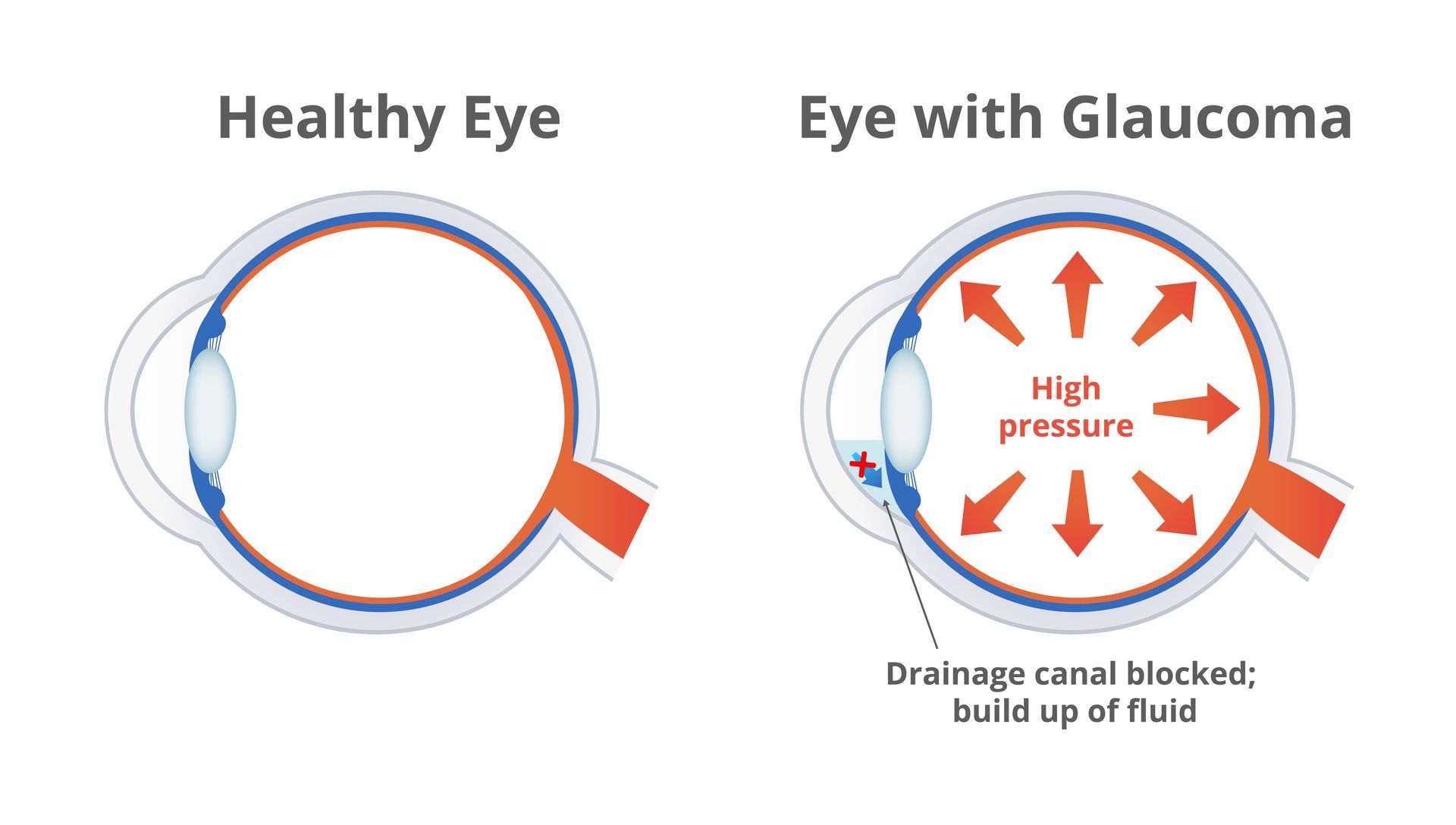
Frequently Asked Questions About Glaucoma Treatment
Did you know more than 3 million Americans are currently living with glaucoma? It’s the second-leading cause of blindness in the world and a strong majority of patients have the open-angle glaucoma. With that said, it’s natural to have a lot of questions regarding what is glaucoma and how dangerous it can be.
Hopefully we can answer some of those questions you might have below:
- What is the first sign of glaucoma? Many people report loss of peripheral vision as the first sign of glaucoma, but many patients won’t experience any signs until the later stages.
- What foods to avoid if you have glaucoma? You should avoid foods high in saturated fats, trans fats, salt, and caffeine. You should also avoid any food allergies.
- What’s the best way to prevent glaucoma? The best way to prevent glaucoma is scheduling a regular eye exam with your doctor – they can help detect eye disease in its earliest stages.
If you have any questions about glaucoma or want to schedule an appointment with Dr. Faraaz Khan, please don’t hesitate to call or text Holly Springs Eye & Laser at 919-689-8920, email us at hello@hollyspringseyeandlaser.com, or fill out our online form. We can’t wait to help you preserve your vision and prevent further eye damage.





